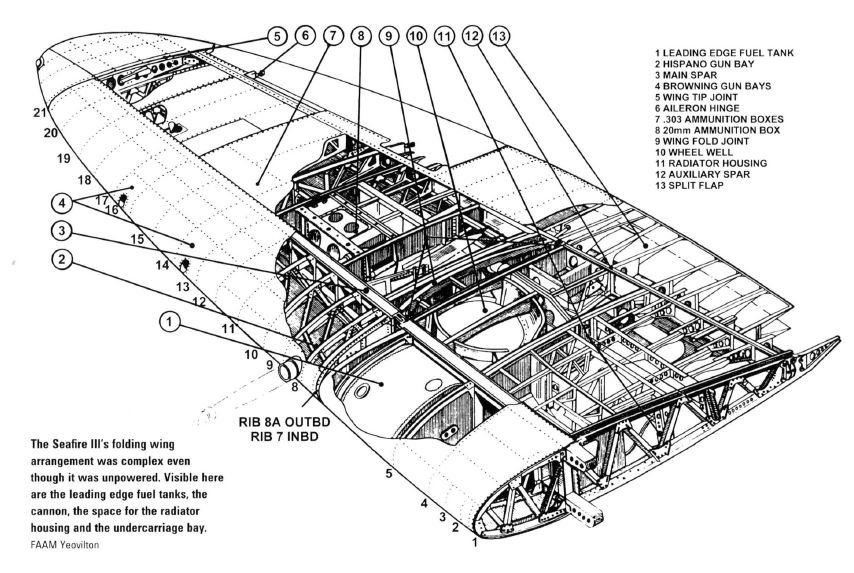Motor-canons were invented by Hispano-Suiza during WW1. The V-8 engine had a .303 Lewis machine gun laying between its cylinder banks and firing throughout by the propeller speed reduction unit.
HS engines were so popular they were license-built in the UK Woolsley), USA Wright Hisso) etc. during WW1.
By 1938, the HS 12Y engine was the best available 1,000 hp engine. Large numbers were built for the French Air Force and licensed to other countries, most notable by Klimov in the USSR. Most HS 12Y engine’s were built with HS 404, 20 mm motor cannons. See Justo Miranda’s new book “Enemy at the Gates, Panic Fighters” or the “Panic Fighter 1938” thread on www.alternatehistory.com.
WI Rolls Royce built a V-12 engine with a 20 mm motor-cannon?
WI Allison offered an optional 20 mm motor-cannon on their V-1710 engine?
HS engines were so popular they were license-built in the UK Woolsley), USA Wright Hisso) etc. during WW1.
By 1938, the HS 12Y engine was the best available 1,000 hp engine. Large numbers were built for the French Air Force and licensed to other countries, most notable by Klimov in the USSR. Most HS 12Y engine’s were built with HS 404, 20 mm motor cannons. See Justo Miranda’s new book “Enemy at the Gates, Panic Fighters” or the “Panic Fighter 1938” thread on www.alternatehistory.com.
WI Rolls Royce built a V-12 engine with a 20 mm motor-cannon?
WI Allison offered an optional 20 mm motor-cannon on their V-1710 engine?





